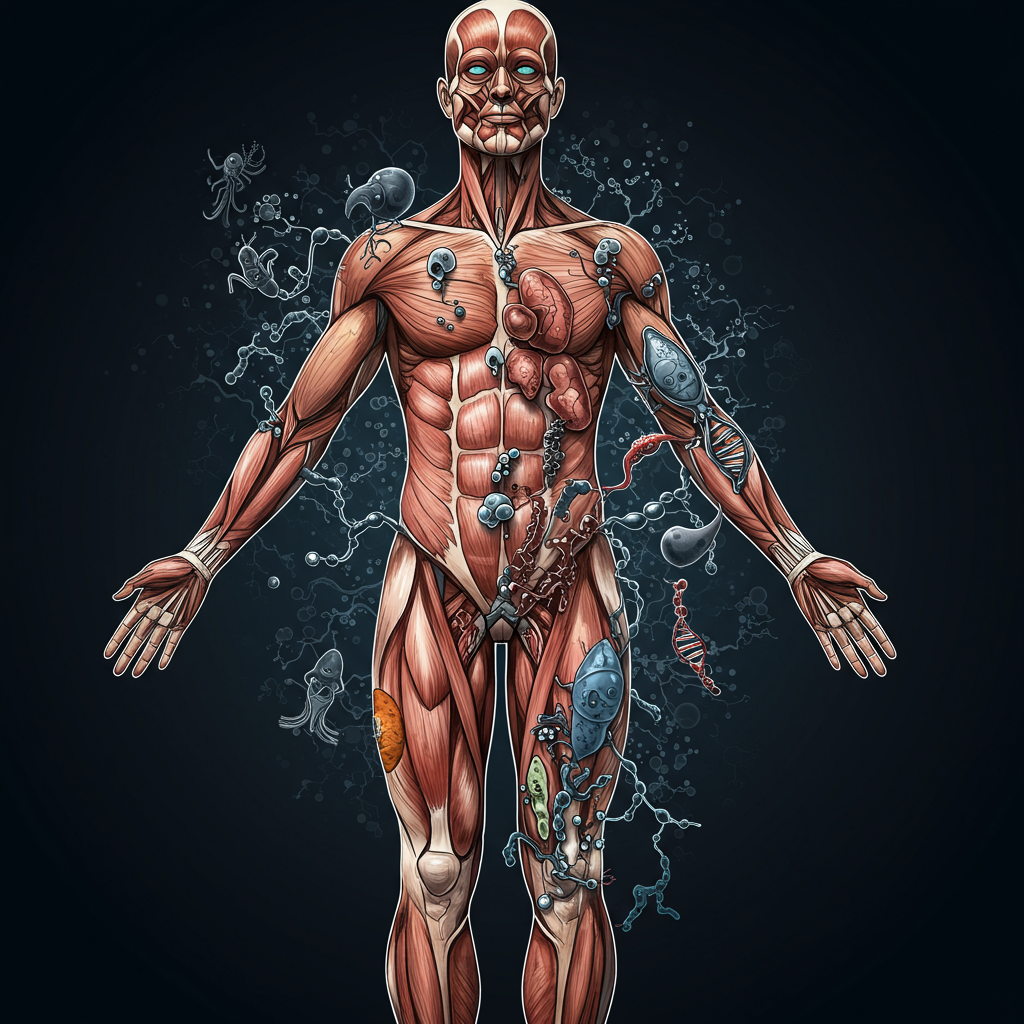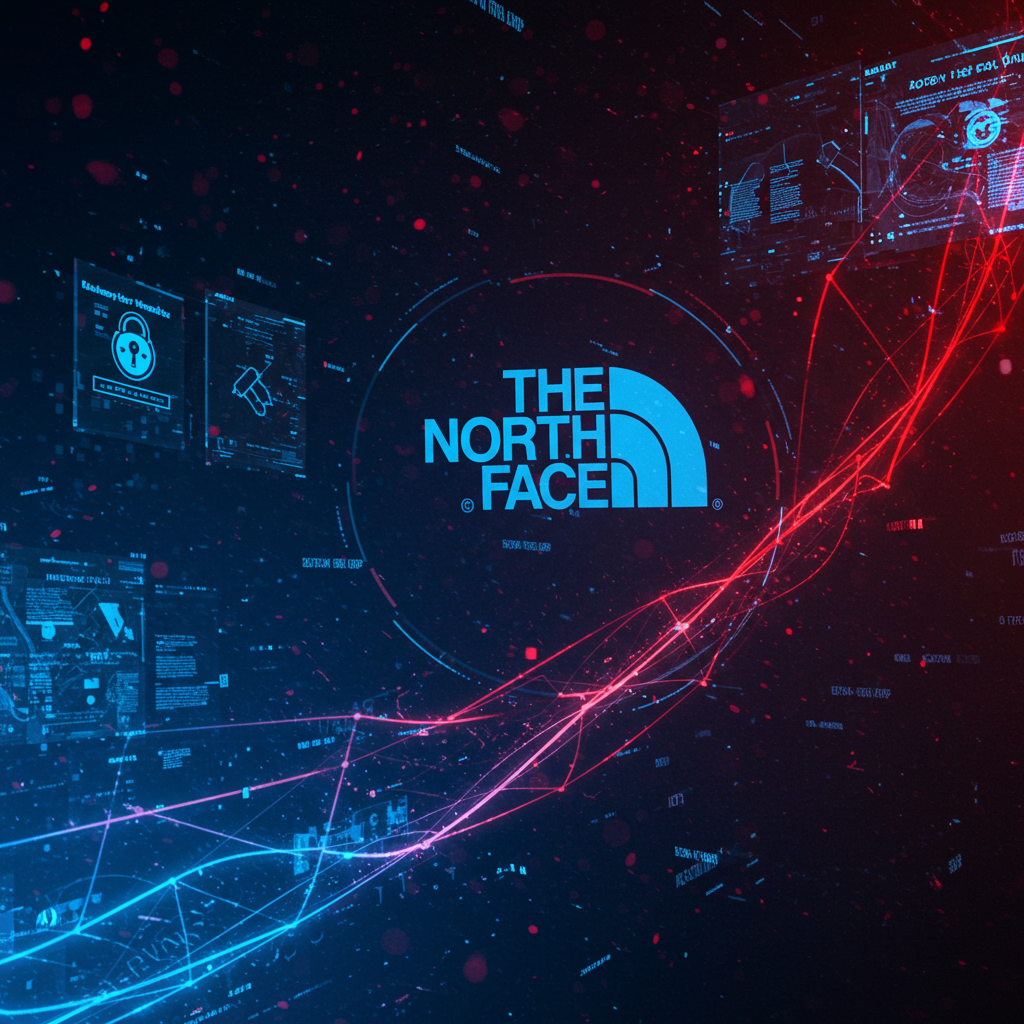Our bodies are astonishing products of nearly four billion years of evolution. Every bone, organ, and cell carries the echoes of ancient life, assembled through countless generations of trial and error, adaptation, and chance. Scientists understand much about how and when different features appeared on the branching tree of life. We know the order in which basic body plans, backbones, limbs, and specialized traits like mammary glands or opposable thumbs emerged. Yet, for all we know, some fundamental questions about why certain unique or puzzling human body parts evolved remain stubbornly unanswered.
evolutionary biology provides powerful tools to explore these questions. One such tool, though sometimes initially confusing, is the study of convergent evolution.
Nature’s Experiments: The Power of Convergent Evolution
Convergent evolution occurs when different species independently evolve similar traits or solutions to similar environmental challenges. Think of how both bats and birds evolved wings for flight, or how the eyes of vertebrates and cephalopods (like octopuses) have striking similarities, despite evolving along completely separate paths.
For evolutionary biologists, convergent evolution is incredibly valuable. It acts like a series of natural experiments, repeating the same evolutionary challenge in different lineages. If a specific trait consistently appears in species facing similar pressures (like flight in aerial predators or large eyes in nocturnal hunters), it strongly suggests why that trait evolved – it provided a selective advantage in that particular environment.
However, this powerful tool only works if the trait in question has evolved more than once. When a feature appears to be unique to a single species or group, there are no other “experiments” to compare it against, making it incredibly difficult to test hypotheses about its origin or purpose.
The Puzzle Solved: Testicle Size and Mating Strategies
The size of testicles in mammals, particularly primates, offers a classic example of how convergent evolution can unlock evolutionary mysteries. Relative to body weight, human testicles are somewhere in the middle compared to our primate cousins – much larger than a gorilla’s but smaller than a chimpanzee’s. Why such variation?
Consider two similar-sized monkeys: the Abyssinian black and white colobus monkey and the bonnet macaque. Despite comparable body sizes, their testicles are dramatically different. Colobus testicles weigh a mere 3 grams, while macaque testicles are a hefty 48 grams.
Initial hypotheses might suggest large testicles are simply attractive to females, like a peacock’s tail. However, a more plausible explanation relates to their mating strategies. Male colobus monkeys defend exclusive harems of females. There’s little competition after mating, as the male is the only one mating with those females. Therefore, producing large amounts of sperm isn’t necessary. A small droplet is usually sufficient.
Macaques, conversely, live in large, mixed-sex groups where both males and females are promiscuous. When a female mates with multiple males, the competition to father offspring shifts to the sperm itself – a phenomenon known as sperm competition. A male with larger testicles can typically produce more sperm, increasing his chances that his sperm will win the race against rivals.
Is this explanation true? This is where convergent evolution provides the crucial evidence.
When scientists examine testicle size and mating systems across the entire mammal branch of the tree of life, a consistent pattern emerges. Time and time again, species with polygamous or polyandrous (promiscuous) mating systems exhibit larger testicles relative to body weight compared to species that are monogamous or defend exclusive harems.
Silverback gorillas, who lead harems, have small testicles. Chimpanzees and bonobos, known for their highly promiscuous behavior, have significantly larger testicles. Dolphins, engaging in what are sometimes called “mass mating events,” potentially hold the record for the largest mammalian testicles relative to body weight, making up as much as 4%. This widespread pattern across unrelated mammal groups confirms that sperm competition linked to mating behavior is a primary driver of testicle size evolution. Humans, with our intermediate testicle size, can ponder what that says about our species’ historical mating patterns.
The Puzzle Endures: The Unique Human Chin
In stark contrast to the testicle story, the human chin remains one of evolution’s persistent puzzles. The bony projection at the front of the lower jaw is a defining feature of Homo sapiens. Multiple plausible ideas exist for its purpose. Some propose it strengthened the jaw against the forces of chewing tough foods or resisting blows during conflict. Others suggest it might have exaggerated features attractive to mates, perhaps anchoring a magnificent beard. Another hypothesis views it as a potential byproduct of changes in jaw size and shape that occurred as humans began cooking food, leading to softer diets and a reduced need for robust jaw structures.
The problem is not a lack of ideas; it’s a lack of evidence to decisively test them. Why? Because the chin is unique to Homo sapiens. It is found in no other mammal, not even our closest extinct relatives like Neanderthals.
Without examples of chin-like structures evolving independently in other lineages, the powerful comparative method of convergent evolution cannot be applied. Scientists cannot look across the tree of life for correlations between environments, behaviors, or diets and the presence or size of a chin to determine what selective pressure might have favored its evolution. Therefore, despite several compelling theories, the evolutionary purpose of the human chin remains largely a mystery.
Beyond Anatomy: Other Enigmas in Evolution
While specific body parts like the chin pose fascinating puzzles, the mysteries of evolution extend far beyond human anatomy. The tree of life is filled with phenomena whose “why” continues to challenge scientists, even with tools like convergent evolution.
Consider the evolution of complex eyes. While simple light-sensitive spots evolved early and often, the rapid appearance of camera-like eyes with lenses, retinas, and complex neural processing in multiple lineages (vertebrates, mollusks, insects) during events like the Cambrian explosion still sparks debate about the speed and mechanisms required for such intricate convergence.
Why we yawn is another enigma. The old idea about needing more oxygen has been debunked. Current theories suggest yawning regulates brain temperature, increases alertness, or serves a social function, but none fully explain why it’s so widespread across vertebrates and occurs even in fetuses or when alone.
The very existence of altruism, self-sacrificing behavior that benefits others, seems counterintuitive to “survival of the fittest.” While kin selection (helping relatives) and reciprocal altruism (expecting future favors) explain some cases, selfless acts between unrelated individuals, particularly in humans, remain puzzling. Why would evolution favor costly behavior that doesn’t directly enhance one’s own survival or reproduction?
Even the origin of consciousness and the purpose of dreams in humans are profound evolutionary questions. How did a biological brain transition from complex processing to self-awareness, abstract thought, and subjective experience? And what evolutionary function do the bizarre, often illogical scenarios of dreams serve, if any? These are mysteries that touch on the very nature of what it means to be human, with no easy answers.
The Imperfect Body: Evolutionary Compromises
Adding another layer to the evolutionary puzzle is the fact that our bodies often seem less like optimal engineering and more like a collection of historical compromises and accumulated modifications. As one professor of biotechnology has noted, if a designer existed, they weren’t necessarily an intelligent one.
Many biological features seem less than ideal, suggesting they arose from modifying existing structures or adapting to new pressures without starting fresh. Consider common human ailments like back pain, herniated discs, and hemorrhoids. These are often linked to our relatively recent evolutionary transition to upright walking after millions of years as four-legged creatures. Our spine, pelvis, and vascular system weren’t perfectly redesigned for bipedalism, leading to vulnerability under the new stresses.
The convoluted path of the vas deferens (the tube carrying sperm), which loops awkwardly around another tube (the urethra) due to the evolutionary descent of testes, or the shared pathway for food and air in our throats, creating a constant risk of choking, are further examples of structures that appear inefficient from a design perspective but make sense as modifications of pre-existing anatomy.
Even features once labeled as vestigial, meaning they’ve lost their original function (like wisdom teeth or goosebumps), present a subtle mystery: why haven’t they disappeared entirely? Often, it’s because they don’t cause enough harm to be strongly selected against. Furthermore, our understanding is evolving; some features previously thought useless, like the appendix (once for digesting tough plants), are now understood to have potential roles in immune function and maintaining beneficial gut bacteria, suggesting they were repurposed rather than simply abandoned.
Frequently Asked Questions
Why is it hard for scientists to explain the evolutionary purpose of some body parts?
While evolutionary science excels at explaining how and when body parts developed by tracing lineages, understanding the specific why—the selective pressures that favored a trait—is more challenging. Scientists often rely on comparative analysis, especially studying convergent evolution (when similar traits evolve independently in different species). If a trait appears repeatedly in species facing similar environmental or behavioral conditions, it helps reveal its adaptive advantage. However, if a body part is unique to a single species, like the human chin, there are no other examples to compare, making it difficult to test hypotheses about its purpose.
How does studying testicle size in different mammals help explain its evolution?
Comparing testicle size across different mammal species, alongside their mating strategies, provides a strong case for convergent evolution at work. Studies show that species with more promiscuous mating systems (where multiple males mate with multiple females) consistently have larger testicles relative to body weight than species that are monogamous or have single-male harems. This pattern, observed independently in many different mammal groups, supports the hypothesis that larger testicles evolved to produce more sperm, giving males an advantage in “sperm competition” when females mate with multiple partners. It’s a feature whose purpose is illuminated by repeated evolution.
Why is the human chin’s evolutionary purpose still a mystery?
Despite several plausible theories suggesting the chin evolved to strengthen the jaw, serve as a visual signal, or is a byproduct of dietary changes, its exact evolutionary purpose remains unclear primarily because it is a feature unique to Homo sapiens. Unlike features like testicle size, which have evolved independently in various lineages (convergent evolution), there are no other species with chins to compare against. Without these multiple independent examples across the tree of life, scientists lack the comparative data needed to rigorously test the different hypotheses and determine what selective pressure might have driven the chin’s development.
The Unfolding Story
Evolution has gifted us with incredible complexity and adaptability, but the journey wasn’t always straightforward or perfectly optimized. The mysteries that remain – whether it’s the function of a unique bony structure like the chin, the purpose of widespread behaviors like yawning, or the intricacies of complex traits like consciousness – remind us that the story of life is still being written and deciphered. Each unanswered question is an invitation for further research, pushing the boundaries of our understanding of the remarkable process that shaped us.



